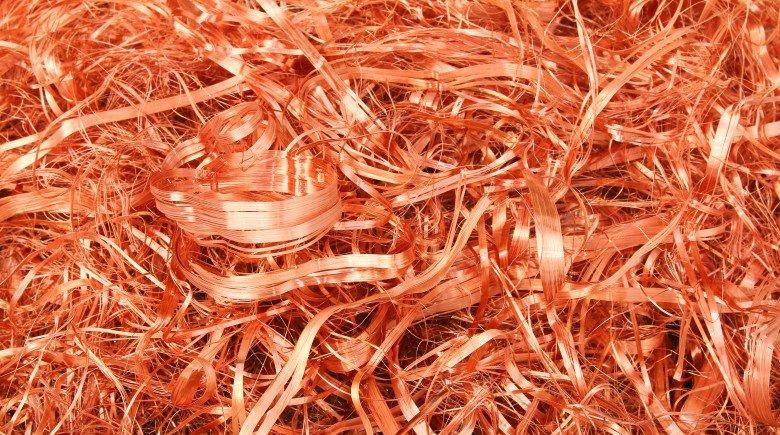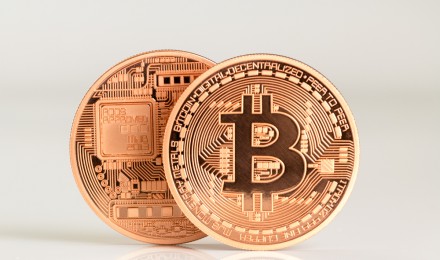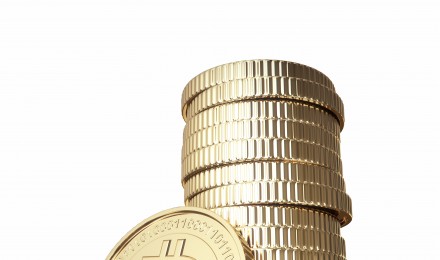Copper and China are together again in the news. This time China seems to really be interested in stopping the infamous China Copper Financing Deals (CCFD). They have passed new laws to curb these schemes. While some people are relieved that this practice is finally being shut down, some observers are so concerned that they are dubbing it a “Bronze Swan” event. As many of you that follow copper are aware, there has always been a divergence of opinion on China’s GDP numbers. Many saw the demand for copper as proof of the continued growth pattern in that country. Others, and in growing numbers, were concerned that China’s demand for copper was artificially high and that the metal was being stockpiled for CCFD purposes.
Basically, the Chinese were hoarding copper in order to play an arbitrage game in the futures market. It is fairly complicated (and more than a bit dull), but to give you an idea what I mean here is a portion of what is going on:
Copper, as China pundits may know, is the key shadow interest rate arbitrage tool, through the use of financing deals that use commodities with high value-to-density ratios such as gold, copper, nickel, which in turn are used as collateral against which USD-denominated China-domestic Letters of Credit are pledged, in what can often result in a seemingly infinite rehypothecation loop (see explanation below) between related onshore and offshore entities, allowing loop participants to pick up virtually risk-free arbitrage (i.e., profits), which however boosts China’s FX lending and leads to upward pressure on the CNY.
And that is the least dense sentence I could find in the above mentioned “Bronze Swan” article. For those that want to dive into the particulars, I highly recommend it. But I think that you get the idea. For the price of hoarding copper, one could make very nearly risk free money over and over again. Needless to say, that turned out to be very attractive to many people. The real question in an informationally opaque country such as China is how many people were doing this and even more importantly, how much copper is stored away ready to be dumped on the market.
According to Goldman Sachs it is a lot, a real, real, real lot. Over 500,000 tons to be specific. In their report on why this could be a big deal, they rather dryly point out that this “complicates our near term bullish copper view”. Yeah, I would think. In fact their bullishness has been more than complicated. They are concerned that this inventory will now be dumped onto the open market. This could naturally lead to copper getting pounded, not to mention putting a bit of a monkey wrench into those analysts that are paid to call Chinese GDP numbers.
Will all of this end up being a “Bronze Swan” moment? I don’t know. Lots of people have screamed for years about China’s phony economic numbers and many of them pointed directly at good old Dr. Copper’s phoniness as problem number one. Also, let’s remember that just because China puts a law on the books, doesn’t necessarily mean it will get enforced. It may end up just being for show or to only allow a certain number of elites to play the game. Still, if this is the real deal, there could be some serious roiling of the markets. Whether this “Bronze Swan” is as devastating as the “Black Swan” events it is named for will materialize remains to be seen. And it doesn’t look like we will have to wait too long either.
Copper and China are together again in the news. This time China seems to really be interested in stopping the infamous China Copper Financing Deals (CCFD). They have passed new laws to curb these schemes. While some people are relieved that this practice is finally being shut down, some observers are so concerned that they are dubbing it a “Bronze Swan” event. As many of you that follow copper are aware, there has always been a divergence of opinion on China’s GDP numbers. Many saw the demand for copper as proof of the continued growth pattern in that country. Others, and in growing numbers, were concerned that China’s demand for copper was artificially high and that the metal was being stockpiled for CCFD purposes.
Basically, the Chinese were hoarding copper in order to play an arbitrage game in the futures market. It is fairly complicated (and more than a bit dull), but to give you an idea what I mean here is a portion of what is going on:
Copper, as China pundits may know, is the key shadow interest rate arbitrage tool, through the use of financing deals that use commodities with high value-to-density ratios such as gold, copper, nickel, which in turn are used as collateral against which USD-denominated China-domestic Letters of Credit are pledged, in what can often result in a seemingly infinite rehypothecation loop (see explanation below) between related onshore and offshore entities, allowing loop participants to pick up virtually risk-free arbitrage (i.e., profits), which however boosts China’s FX lending and leads to upward pressure on the CNY.
And that is the least dense sentence I could find in the above mentioned “Bronze Swan” article. For those that want to dive into the particulars, I highly recommend it. But I think that you get the idea. For the price of hoarding copper, one could make very nearly risk free money over and over again. Needless to say, that turned out to be very attractive to many people. The real question in an informationally opaque country such as China is how many people were doing this and even more importantly, how much copper is stored away ready to be dumped on the market.
According to Goldman Sachs it is a lot, a real, real, real lot. Over 500,000 tons to be specific. In their report on why this could be a big deal, they rather dryly point out that this “complicates our near term bullish copper view”. Yeah, I would think. In fact their bullishness has been more than complicated. They are concerned that this inventory will now be dumped onto the open market. This could naturally lead to copper getting pounded, not to mention putting a bit of a monkey wrench into those analysts that are paid to call Chinese GDP numbers.
Will all of this end up being a “Bronze Swan” moment? I don’t know. Lots of people have screamed for years about China’s phony economic numbers and many of them pointed directly at good old Dr. Copper’s phoniness as problem number one. Also, let’s remember that just because China puts a law on the books, doesn’t necessarily mean it will get enforced. It may end up just being for show or to only allow a certain number of elites to play the game. Still, if this is the real deal, there could be some serious roiling of the markets. Whether this “Bronze Swan” is as devastating as the “Black Swan” events it is named for will materialize remains to be seen. And it doesn’t look like we will have to wait too long either.






